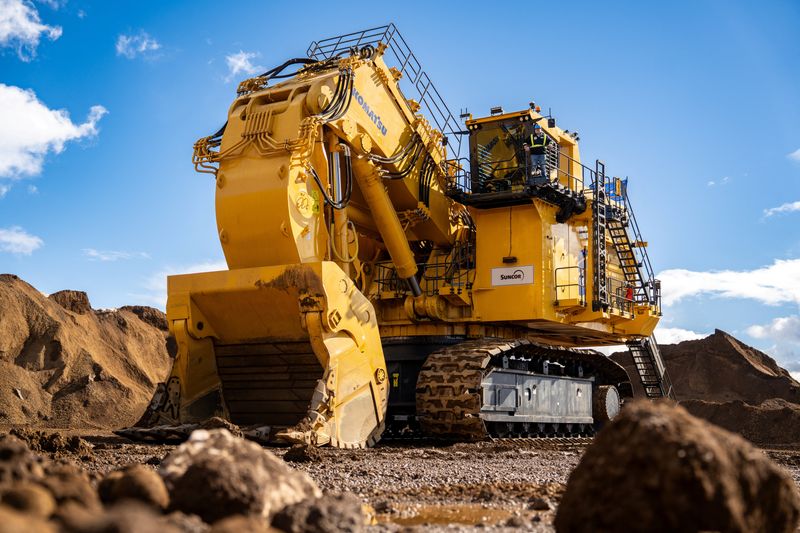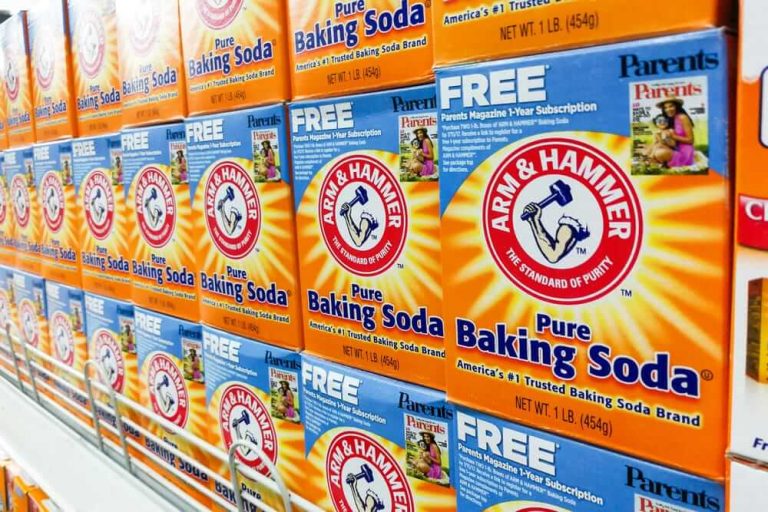By Amanda Stephenson
CALGARY (Reuters) -Giant shovels, driverless trucks and a dog-like robot have all helped Canada’s oil sands companies including Imperial Oil and Suncor become some of North America’s lowest-cost oil producers, driving down overheads even as the worst inflation in a generation pushed U.S. shale costs up.
As the global oil industry enters a downturn due to economic uncertainty related to U.S. tariffs policy and OPEC+ pumping more barrels, Canada’s oil sands industry finds itself in a position of strength.
In the years following the oil price crash of 2014-15, international oil majors including BP, Chevron and Total sold their interests in Canadian oil sands. At the time, they classified the Canadian operations as among their more expensive, and therefore less profitable, projects worldwide. They directed their capital to cheaper oil production, and favored U.S. shale for its quicker drilling time and returns.
Since then, new technology and cost-cutting efforts have driven meaningful improvement in the industry’s competitiveness that make oil sands among the cheapest producers, according to a dozen industry insiders and a Reuters analysis of the latest U.S. and Canadian company earnings.
While U.S. shale companies are responding to this year’s oil price downturn by dropping rigs, slashing capital spending and laying off workers, the oil sands’ position of strength means Canadian companies have made virtually no changes to their previously announced production or spending plans. Some Canadian politicians are now calling for a new crude pipeline from Alberta to the Pacific coast, as part of a broader effort to strengthen the country’s economy in the face of U.S. tariff threats.
The lower crude prices this year have little impact on the Canadian oil sector, Cenovus CEO Jon McKenzie said in an interview earlier this year. “This is an industry that has become much more resilient through time,” he said.
In one example, two four-legged robots— each nicknamed Spot because of their dog-like appearance — prowl Imperial’s vast 45-year-old Cold Lake operation in Alberta, conducting routine equipment inspections and maintenance such as heat exchanger optimizations, and oil/water tank interface monitoring. The Spots free up human workers for other work and save Imperial CDN$30 million ($22 million) a year, the company said.
Exxon-owned Imperial and its competitor Suncor have also switched to autonomous mining vehicles, eliminating the need to hire drivers to transport oil sands ore. The switch has improved oil output productivity at Imperial’s Kearl oil sands mine by 20% since 2023, the company said.
Suncor operates a 900-tonne truck at its Fort Hills operation north of Fort McMurray, Alberta, which the company says is the world’s largest hydraulic mining shovel. Suncor CEO Rich Kruger said the shovel’s larger bucket and more powerful digging force deliver faster ore loading and less spillage.
Oil sands producers have also made improvements in equipment reliability and performance. At Kearl, for example, Imperial has reduced expenses related to turnarounds — an industry term for the costly periods of required maintenance that often involve temporarily shutting down production — by CDN$100 million annually since 2021. The company cut the time between turnarounds from 12 to 24 months in 2024, and aims to extend that interval to 48 months in future.
Suncor credits efforts including standardizing maintenance practices across mines and improving management of site water to get more production out of existing assets for contributing to the company’s US$7 per barrel reduction in its West Texas Intermediate (WTI) break-even price in 2024 to $42.90.
This long-term focus on cost-cutting means Canada’s five biggest oil sands companies can break even — and still maintain their dividends — at WTI prices between $43.10 and $40.85, according to a Bank of Montreal analysis for Reuters.
That means oil sands producers have lowered their overall costs by approximately $10 a barrel in about seven years. Oil sands had an average break-even price of $51.80/bbl between 2017 and 2019, according to BMO.
In contrast, a recent Dallas Federal Reserve survey of over 100 oil and gas companies in Texas, New Mexico and Louisiana found that shale oil producers need a WTI oil price of $65 per barrel on average to profitably drill. Back in 2017-2019, U.S. shale producers had a break-even price of between $50 and $52 per barrel.
HIGH STARTUP COSTS, BUT LONG LIFESPANS
Part of the reason that the oil sands industry has become so cost competitive is the nature of the extraction process. Producing the thick, sticky oil that is found in the sands of Alberta is in some locations more akin to mining than oil drilling.
Where the oil is very close to the surface, companies operate massive mines, scraping up huge volumes of sand and clay and then filtering out the oil. When the oil is deeper, companies inject steam underground to loosen the deposits and then use a drilling process.
An oil sands mine has big initial start-up costs but once it is operational, it can run for decades with very low production decline rates. Canadian Natural Resources, for example, at the end of 2024 had proved and probable reserves amounting to 20.1 billion barrels of oil equivalent in its portfolio, giving its oil sands mining and upgrading assets a remaining reserve lifespan of 43 years. The company’s Horizon oil sands mine has been producing since 2009.
Shale oil wells, by contrast, have low start up costs. Oil output from the wells, however, begins to decline within months. Prices have begun to climb because after years of heavy drilling in the top shale fields, the most productive areas have been exhausted. Drillers are moving onto secondary areas, so they have to drill more wells to achieve the same output and that has driven up costs.
Canadian oil sands companies have also paid down debt in the past five years, allowing them to reallocate profits away from shoring up their balance sheets and towards rewarding shareholders with dividends and buybacks.
According to the Bank of Montreal, oil sands producers Canadian Natural Resources, Suncor, Cenovus, Imperial Oil and MEG Energy currently have combined net debt, excluding lease liabilities, of C$33.9 billion after paying down a combined total of almost C$22 billion in debt between 2021 and 2024.
As returns grow, Canadian oil sands producers are an increasingly attractive investment for those looking to make money from the energy industry, said Kevin Burkett, portfolio manager with Vancouver-based Burkett Asset Management.
“(Canada’s oil sands) are not geopolitically risky, and they have some very appealing characteristics around productivity and costs,” said Burkett, who has shares of Canadian Natural Resources and Cenovus in his portfolio.
(C$1 = US$0.73)
(Reporting by Amanda Stephenson; Editing by Caroline Stauffer and Anna Driver)






